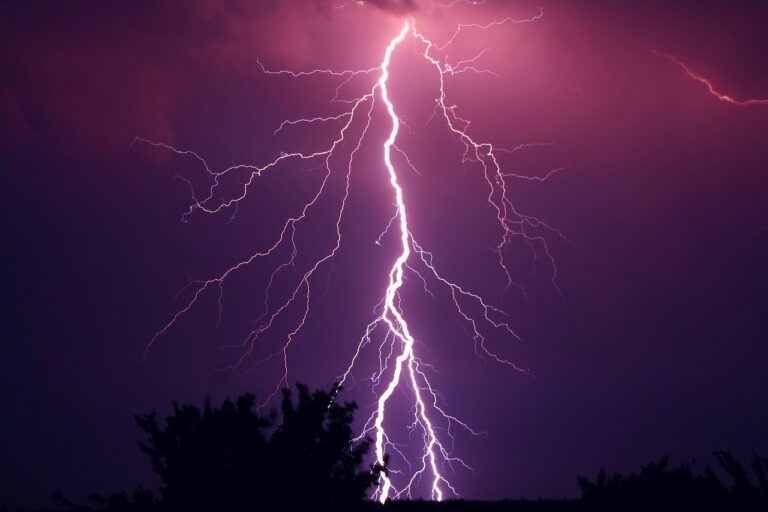Bitcoin’s Lightning Network (LN), often seen as the layer-two solution that will help the flagship cryptocurrency be adopted throughout the world by boosting transaction speeds and eliminating network congestion, has recently surpassed 14,000 mainnet payment channels, and a 180 BTC capacity (~$1 million).
The technology behind the scaling solution is still fairly new and only started taking off this year, partly thanks to funds that came from Twitter founder Jack Dorsey. Its development has continued during the market’s downturn, and its growth has been steadily speeding up, as in February of this year it was still at 1,700 open payment channels.
At press time, data shows the network has a 249.8 BTC (~$1.3 million) capacity, and 14,488 payment channels. It currently has over 4,000 nodes, with each having an average of 12.3 payment channels. The average node capacity is of 0.143 BTC, or $796, while the average payment channel has a capacity of 0.023 BTC, $128.

Notably, the network’s capacity surged by a whooping 125% recently. It’s currently unclear why its capacity increased in such a small amount of time. In the past few months, various companies, including Valve and Stripe, stopped accepting bitcoin payments, citing high fees and slow transaction times. These came as the network was clogged late last year when the cryptocurrency hit an all-time high of nearly $20,000.
Despite its young age, the Lightning Network has reached a number of notable milestones. This year some companies have already started accepting payments through the scaling solution, including VPN provider TorGuard and Bitcoin-to-Gold exchange Vaultoro.
The network already had its “pizza transaction” after a user paid for a physical item through it. By moving payments to a second layer, the Lightning Network is set to theoretically help BTC’s blockchain once again have low fees and fast confirmation times, as most microtransaction will occur on the Lightning Network.
Shitcoin.com owner Andreas Brekken ran a LN node in the past. In his last review he highlighted that sending payments through the layer-two solution is “cheaper than the regular bitcoin network,” but added it “suffers from routing errors and wallet bugs that make it impractical even for highly technical users,” making it clear the LN is still in its infancy.









